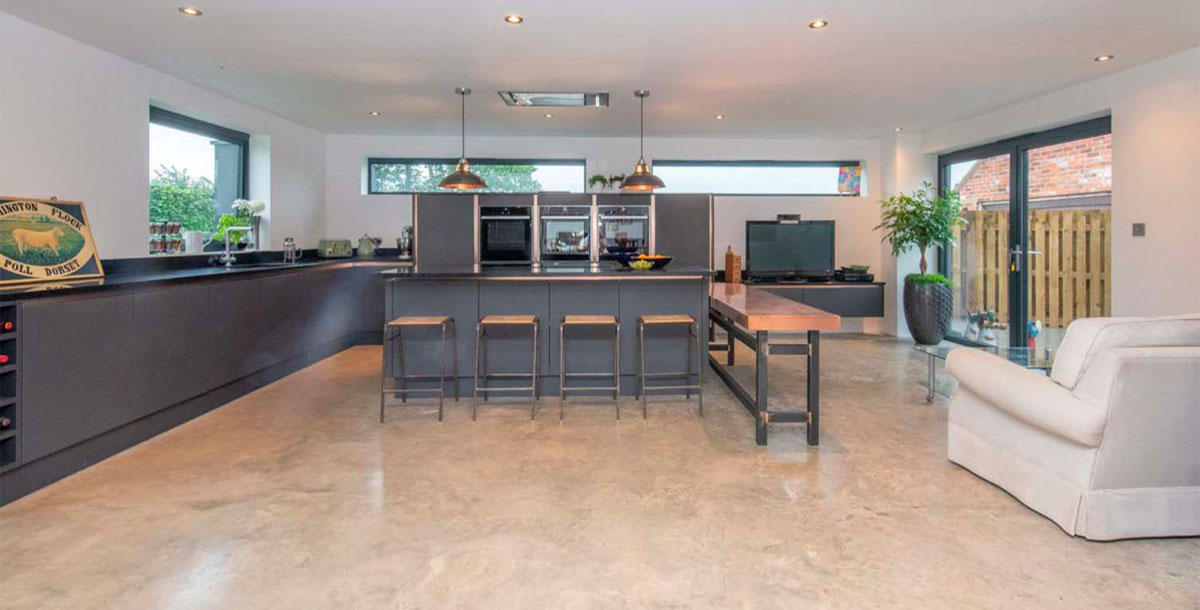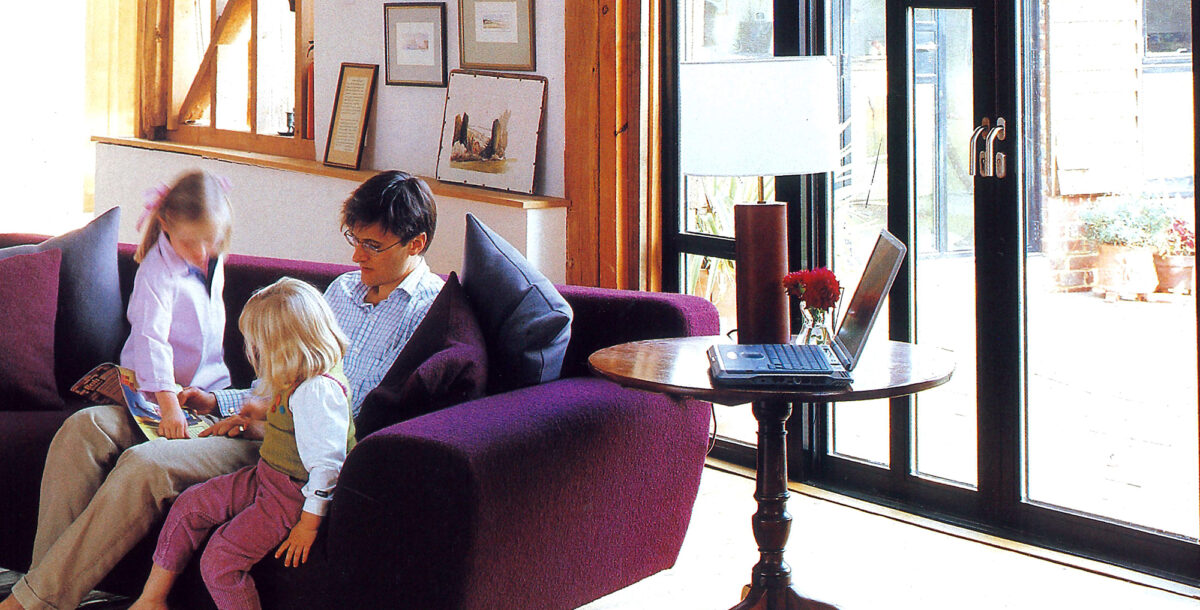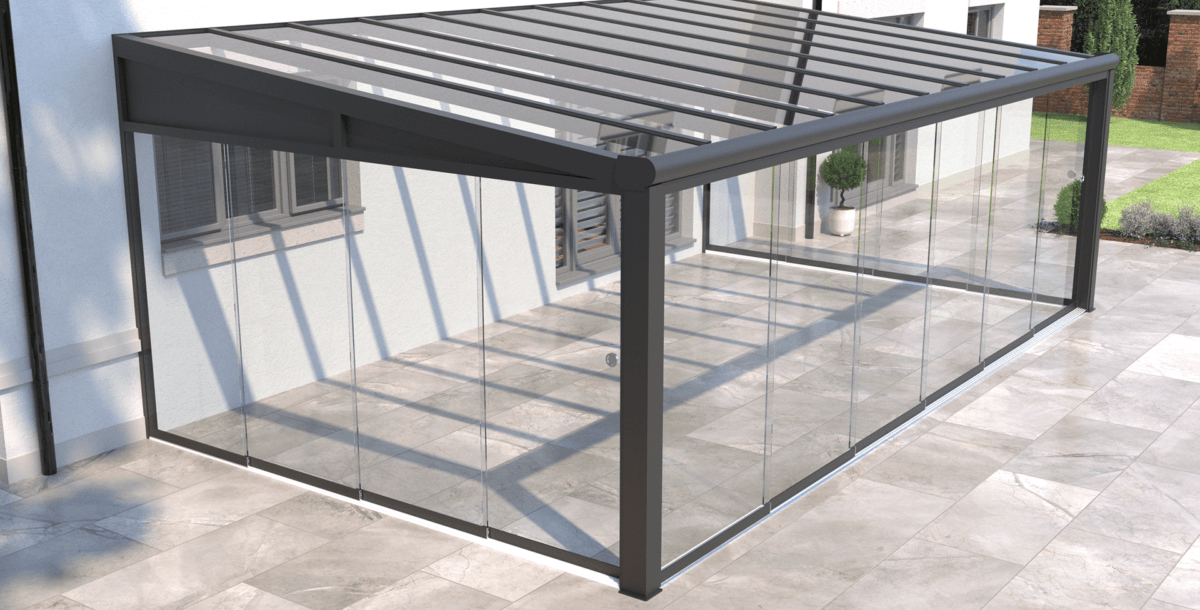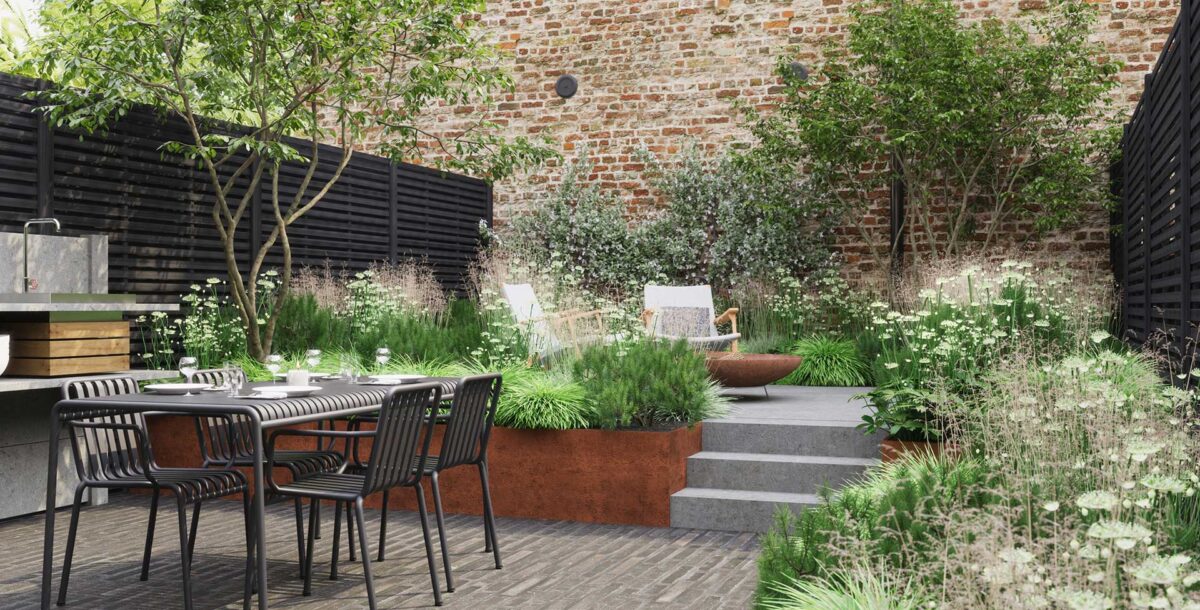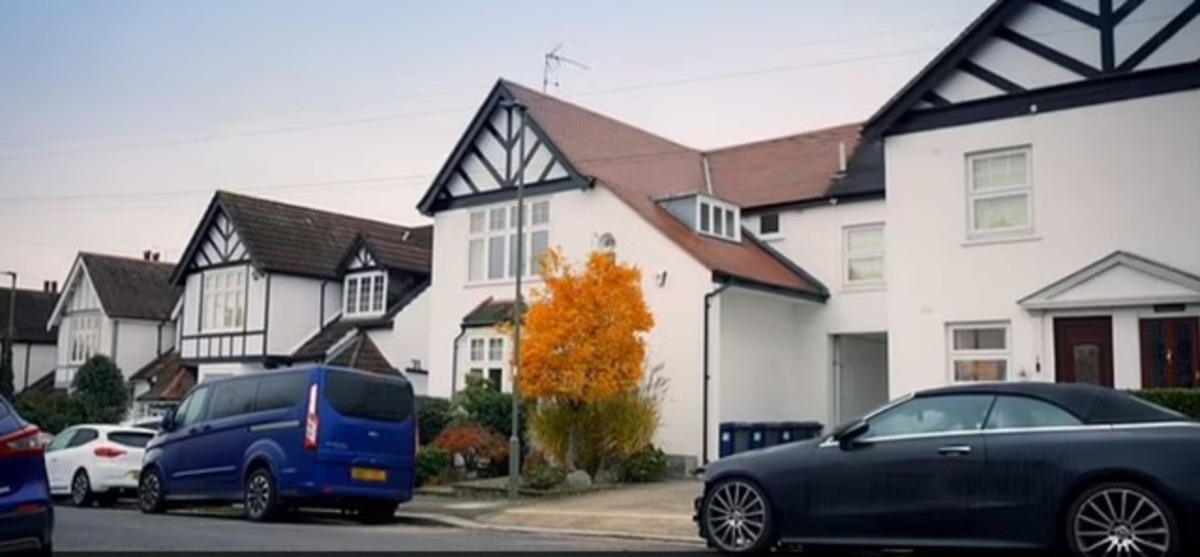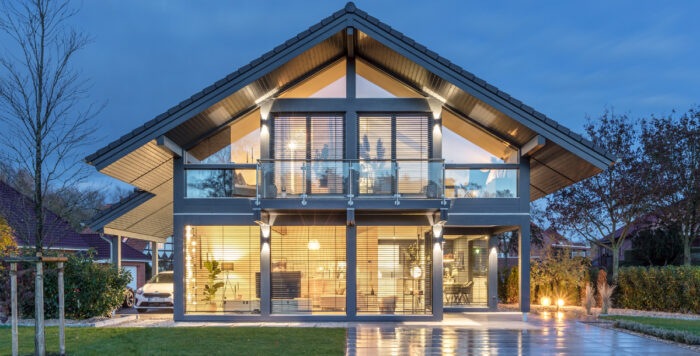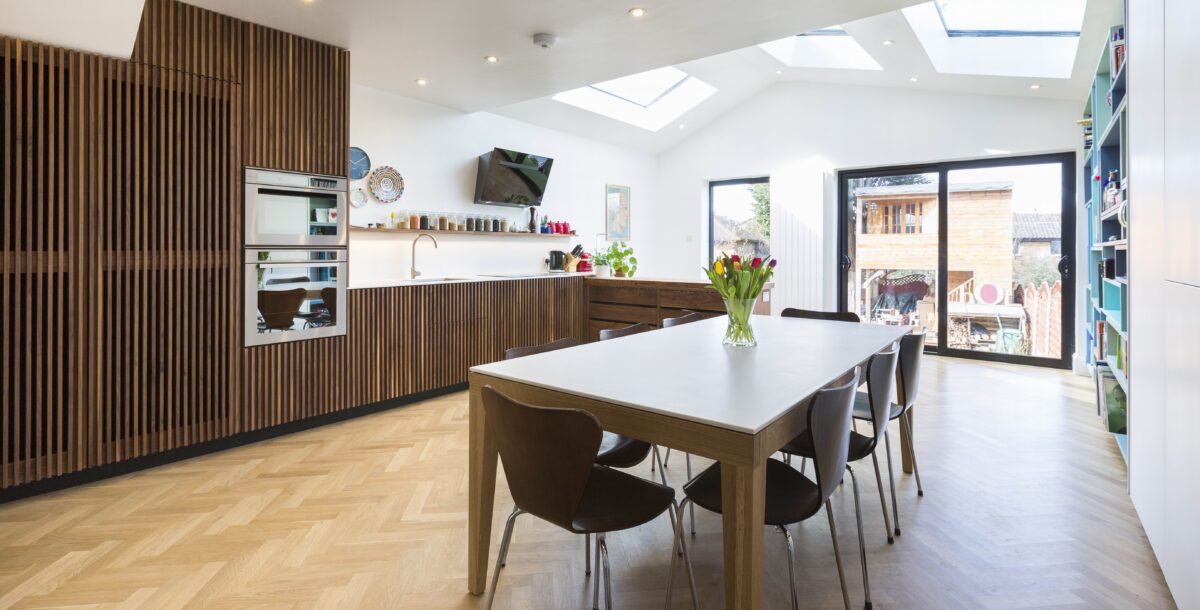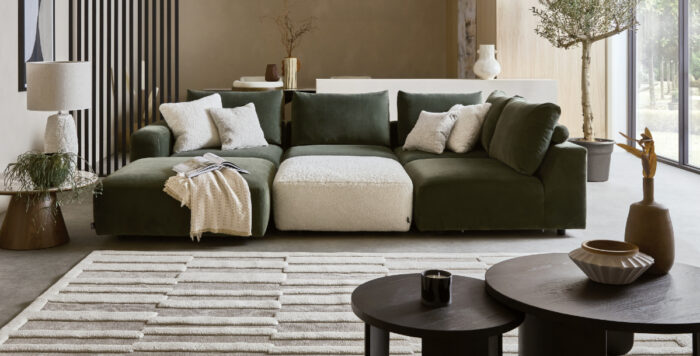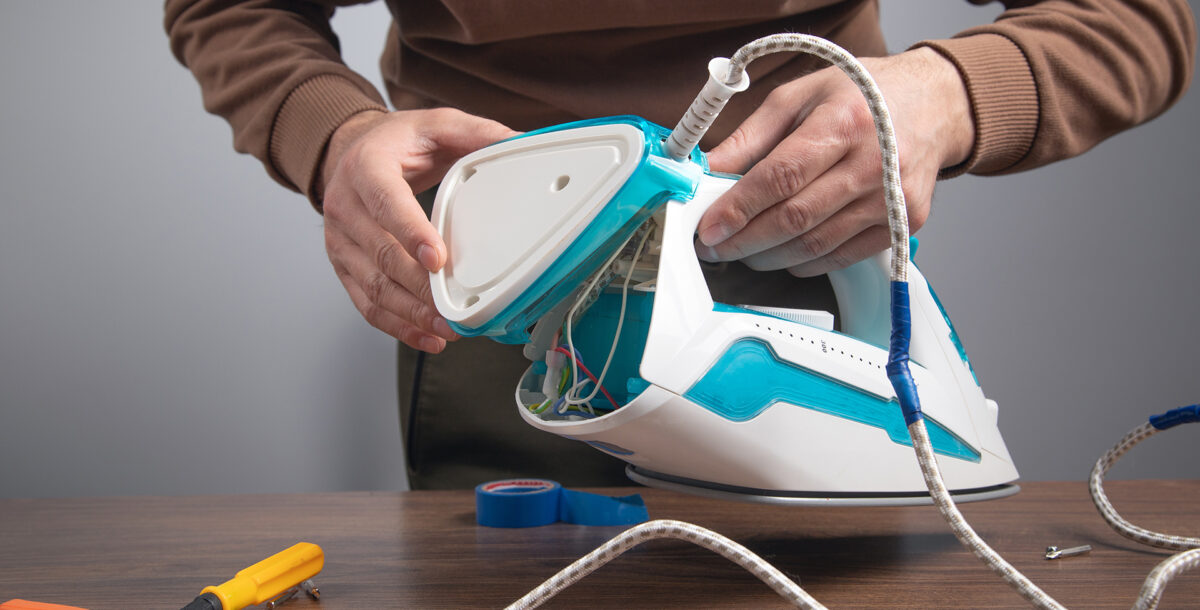Designing for wellbeing
How accessible, practical and beautiful spaces can have a positive effect on mental health
As the saying goes, there’s no place like home, which is certainly the case when architecture and wellbeing considerations come together to promote good health. Whether you’re able-bodied or have particular needs, inventive design can have a positive effect on how you live.

Photo: Archiwildish
Architecture and wellbeing
People’s relationship with their homes goes back a long way. Ever since mankind started to dwell inside caves, the sense of safety and comfort has had a positive effect on our wellbeing. How our homes make us feel is very important given the amount of time we spend there. This can directly influence feelings of happiness and mental wellbeing.
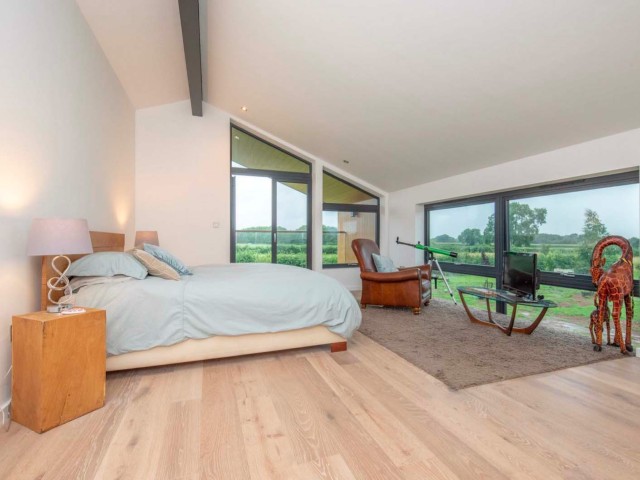
Photo: Archiwildish
Accessible design
When CIAT Chartered Practice ArchiWildish created a house for wheelchair user Mark Butler, wellbeing-led architecture was as important as accessible design. The concept for the four-bedroom Warwickshire house was a design that would not draw attention to Mark’s impairment. Instead it would make his life comfortable, enhancing his mental health: ‘I am only disabled by my environment,’ says Mark.
According to ArchiWildish, our homes are an expression of ourselves. We decorate them to our tastes and fill them with the stuff we love and this should be the most noticeable thing. As such, any special requirements or adaptions should be almost invisible to the untrained eye.

Photo: Channel 4

